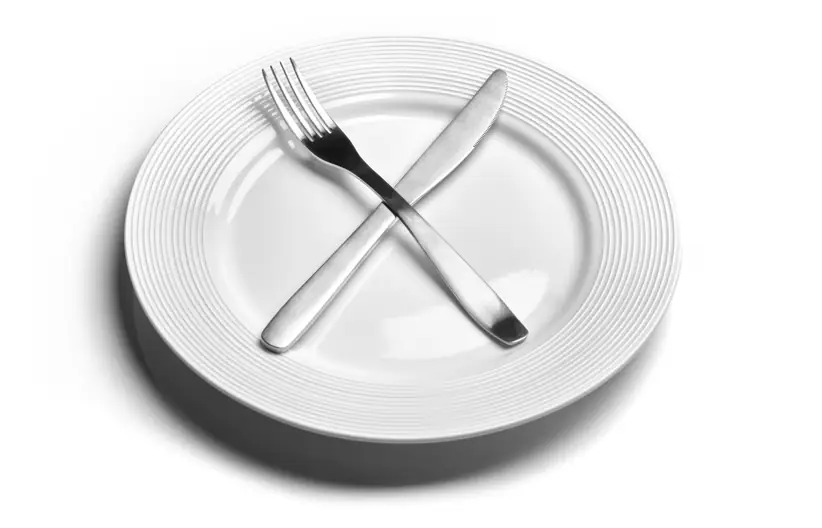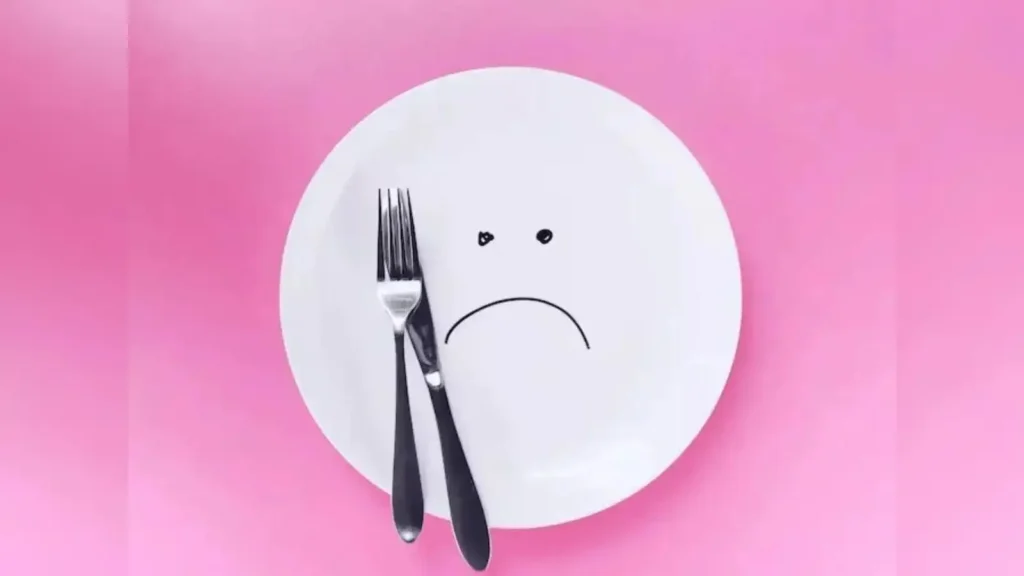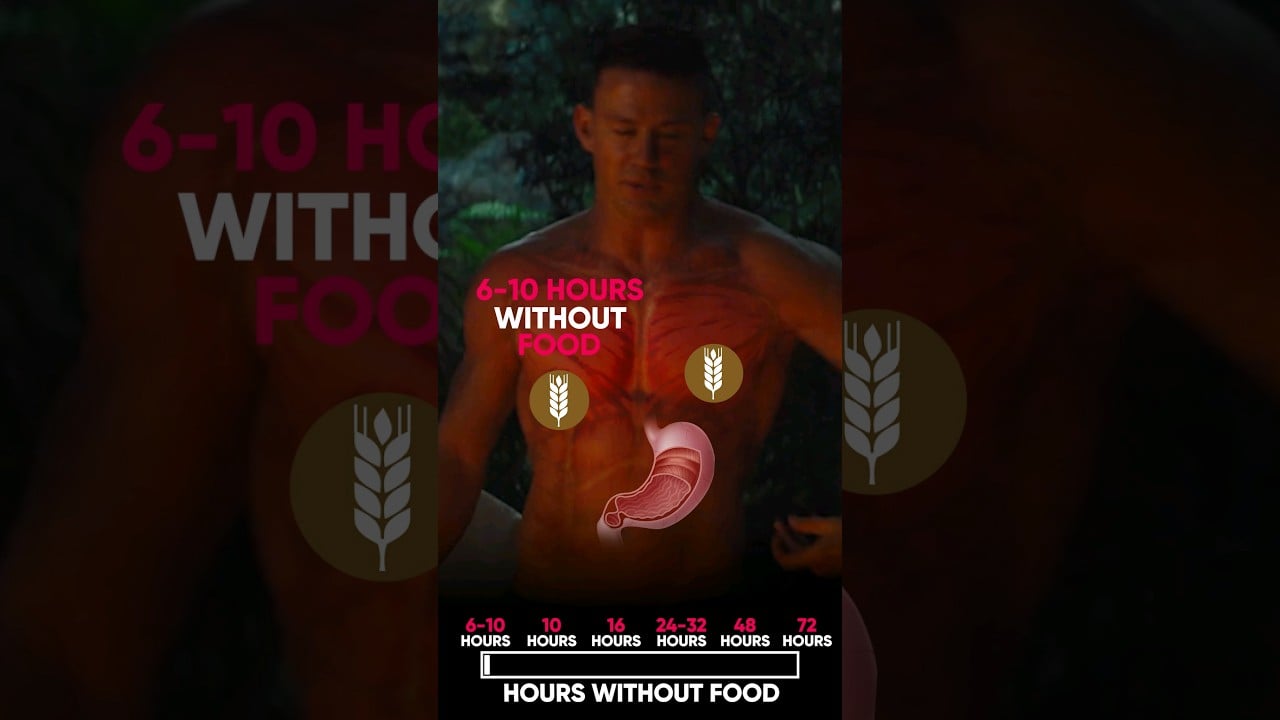A simulation has shown what happens to the body when you don’t eat for three days.
Increasingly, people are starting to fast to lose weight and get healthier as the world becomes increasingly obsessed with losing weight.
Some people say that not eating for a day or two is too much, but others swear by the benefits. But what occurs within your body when you don’t eat for a long time?

The YouTube channel Gravity Transformation has made a new simulation that takes viewers through a 72-hour fast hour by hour, revealing what happens to the body from the time you skip your first meal to when vitamin deficiencies start to become a problem.
The first Christ-type hours Pall invitations What Remains
When you fast for the first several hours, your body utilizes up the carbohydrates from the meals you ate before.
At this point, the pancreas releases glucagon, which tells the liver and muscles to release stored glucose.
Because of this, hunger hormones like ghrelin rise, which makes you feel hungrier. This is when a lot of people opt to push through.
10–16 Hours: Hormones that help you grow and burn fat
The pituitary gland starts making more human growth hormone after 10 hours. This helps keep muscles from breaking down.
Around hour 16, the body starts to depend increasingly on burning fat for energy. This is also when autophagy starts, which is when the body gets rid of damaged cells, germs, and garbage proteins.
24–32 Hours: Using Fat Instead of Glycogen
The body runs out of glycogen after nearly a full day and has to rely on fat stores for energy. The breakdown of protein slows down, which helps keep muscle.
48–72 Hours: Calm and Danger
The simulation says that after two days, many people feel better in terms of mood, attentiveness, and calmness.
But after three days, you can start to notice that you’re not getting enough nutrients. Experts say that at this stage, it’s really important not to keep going without medical help.
The simulation shows how the body reacts to short-term fasting, but real-life examples indicate that people can go without food for far longer than expected, especially in really bad situations.
Peter Skyllberg, a Swedish guy, made news in 2012 when he survived being stuck in a snow-covered car for about 60 days by eating only snow.
David Blaine, an illusionist, spent 44 days in a glass box without food; Mahatma Gandhi went 21 days without food during a hunger strike; and a Japanese hiker spent 24 days in the mountains without food or water after getting lost.
Professor Stephen Joseph from the University of Nottingham says that being alone, being cold, or not doing anything can all make survival time longer. Psychological resilience can also help.

Credit: Michael Loccisano / Getty
People can either run away or fight, and their bodies will be full of adrenaline. He said that those adrenaline rushes are vital because they will decide who lives and who dies.
As Joseph said, not everyone reacts the same way to life-threatening situations. In bad situations, survival depends on who you are. Some people could think the worst and give up, while others are more hopeful and able to find solutions.
He said that hope is undoubtedly a large part of this.

